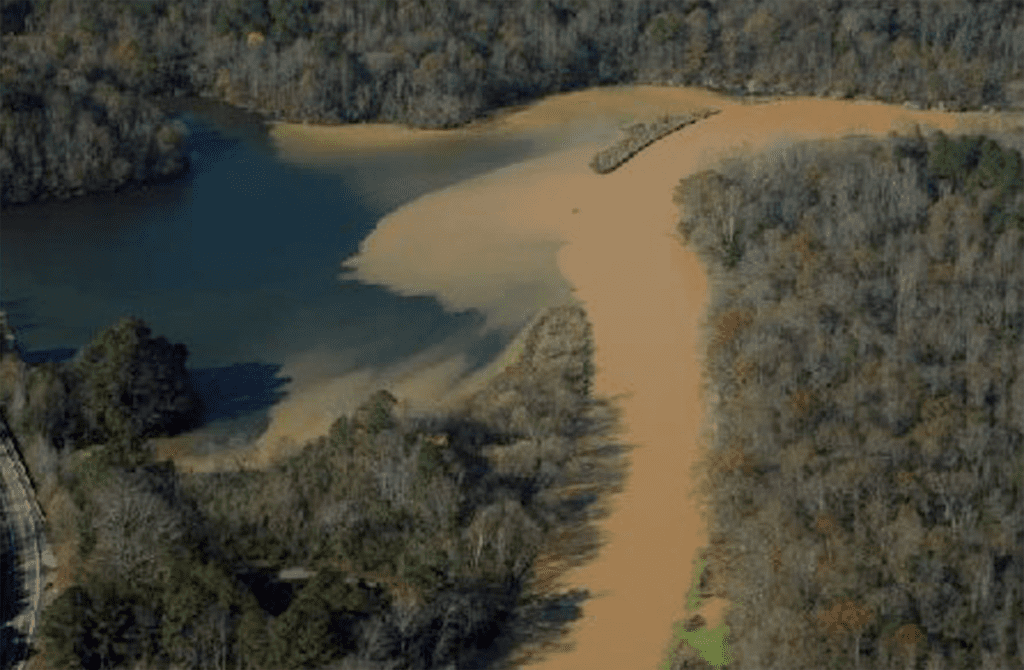Shoreline erosion is a persistent issue that compromises the stability of waterfronts, damages ecosystems, and threatens nearby infrastructure. Coir erosion control mats, such as BioD-Mat woven bristle coir blankets and BioD-Roll coir logs, offer a sustainable solution for stabilizing shorelines while supporting natural vegetation growth. This guide outlines a step-by-step process for installing these eco-friendly products effectively.

Understanding Coir Erosion Control Products
- BioD-Mat Woven Bristle Coir Blankets: These mats are made from coconut husk fibers, designed to hold soil in place while encouraging the establishment of vegetation. They are biodegradable and last for 3–5 years, providing protection during critical plant growth stages.
- BioD-Roll Coir Logs: Cylindrical structures filled with coir fibers, these logs prevent wave action and water flow from causing further erosion. They are ideal for reinforcing the edges of eroded shorelines.
Steps to Install These Mats
Step 1: Assess the Shoreline
Begin by evaluating the site. Identify areas prone to erosion, measure the slope, and determine the severity of soil loss. This will help you plan the placement of coir products and determine the quantity required.
Tools Needed: Measuring tape, stakes, erosion control staples, and utility knives.
Step 2: Prepare the Site
Clear the area of debris, weeds, and invasive plants. Shape the slope to a stable gradient, ensuring the base is even for the placement of coir logs.
- Optional Step: Introduce native vegetation to the site. Pre-seeding ensures that plants have time to establish roots, which will work in tandem with coir mats to stabilize the soil.
Step 3: Install BioD-Roll Coir Logs
- Positioning: Place the coir logs at the waterline or along the edge of the eroded area. Ensure the logs are parallel to the shoreline for maximum stability.
- Anchoring: Use wooden stakes spaced every 3 feet along the length of the coir logs. Hammer the stakes into the ground at a 45-degree angle, ensuring they penetrate the soil at least 12 inches. Secure the coir logs to the stakes using natural fiber twine or biodegradable ties.
- Layering: For steeper slopes, stack multiple coir logs in a tiered configuration. Ensure each tier is tightly secured to prevent shifting.
Step 4: Lay Down BioD-Mat Woven Bristle Coir Blankets
- Position the Mat: Roll out the coir mat horizontally across the prepared slope. Overlap edges by 6–12 inches to prevent gaps where soil can escape.
- Secure the Mat: Use erosion-control staples or wooden stakes to anchor the mat to the ground. Staples should be placed 1 foot apart along the edges and every 2–3 feet across the mat’s body.
- Cut and Fit: Trim the mat to fit irregular areas or obstacles using a utility knife. Ensure all edges are properly anchored to maintain uniform soil coverage.
Step 5: Final Steps and Maintenance
- Inspect and Adjust: After installation, check for any loose areas or gaps. Re-secure any unsecured sections.
- Watering: If vegetation has been introduced, water the area regularly to support plant establishment.
- Ongoing Maintenance: Monitor the site periodically, especially after heavy rainfall. Replace damaged mats or logs as needed.

At RoLanka International Inc., we specialize in shoreline restoration products, including BioD-Mat blankets, BioD-Roll coir logs, and BioD-Block systems. Whether you’re a homeowner tackling backyard erosion or an engineer specifying materials for large-scale projects, our Geo-Natural™ products are the sustainable choice. With unparalleled customer service, free technical support, and a commitment to the environment, we make it easy to address soil erosion effectively.
Contact us to explore our full range of coir erosion control blankets, coir sediment control wattles, and other eco-friendly solutions. Do it right the first time and save the environment!
